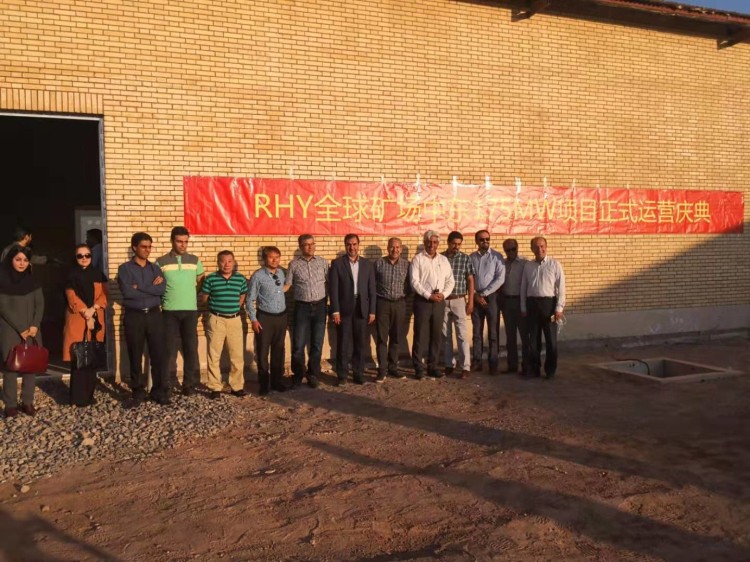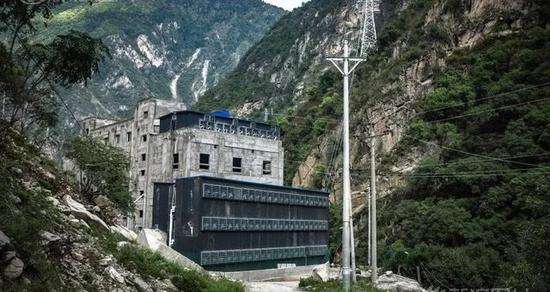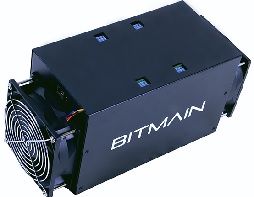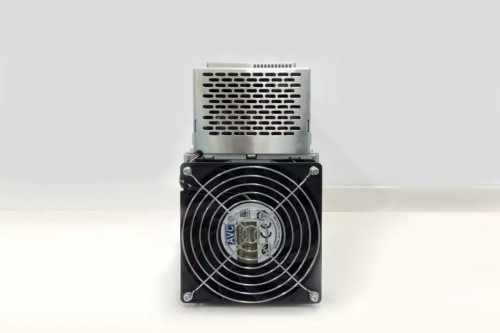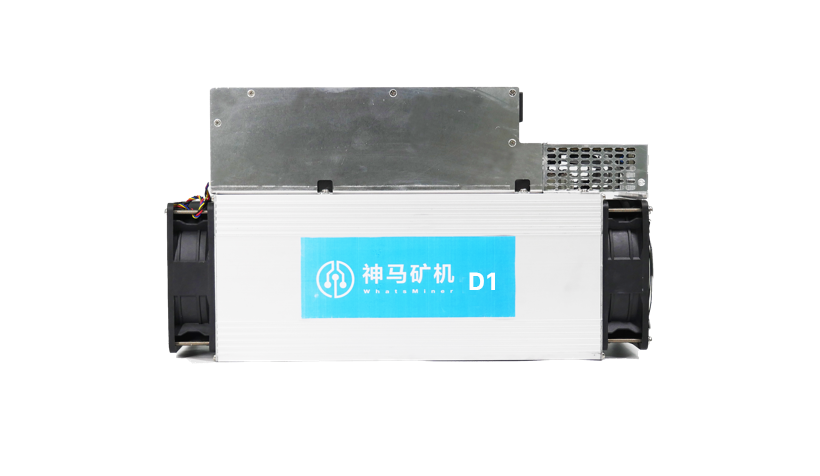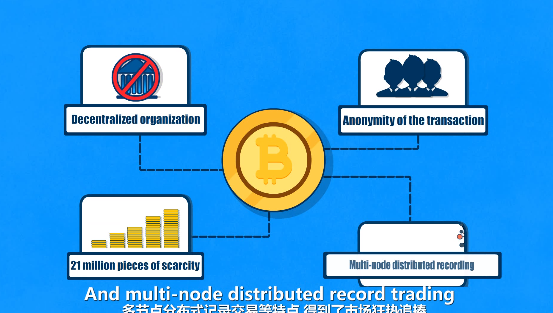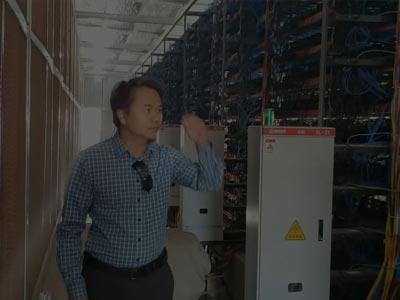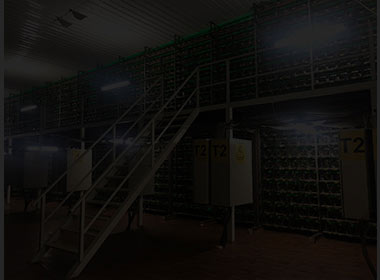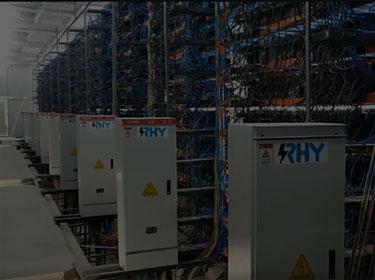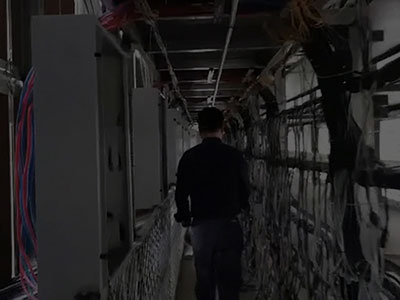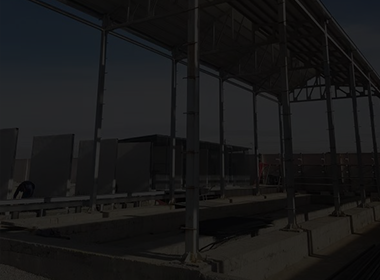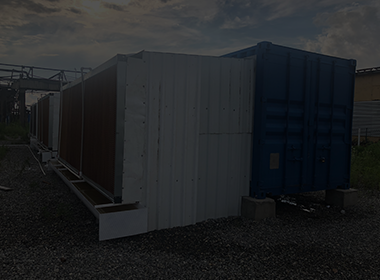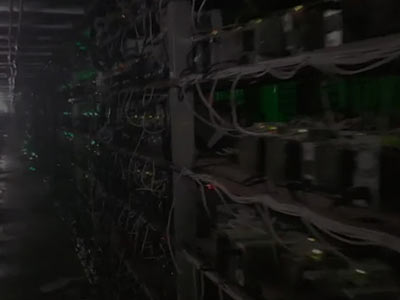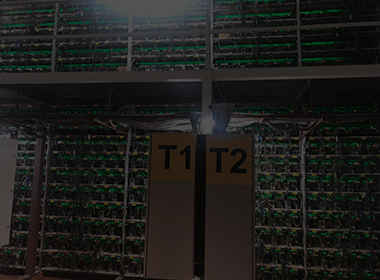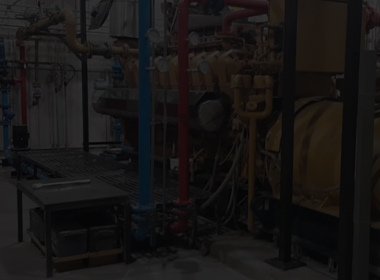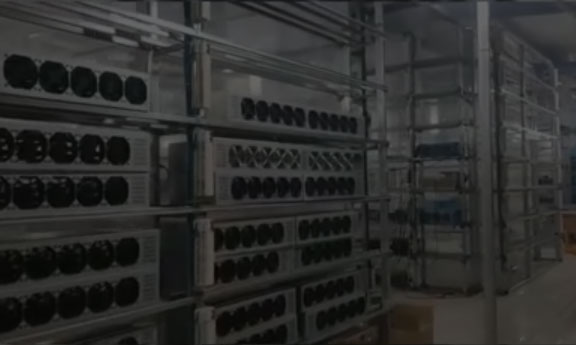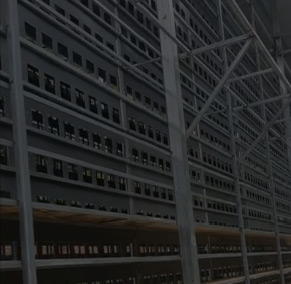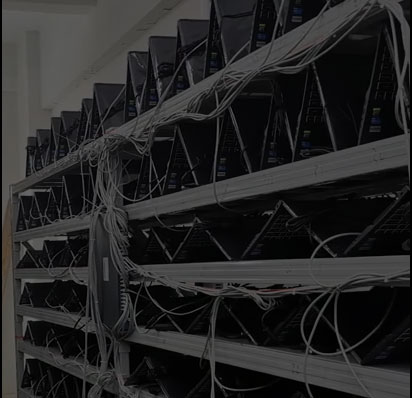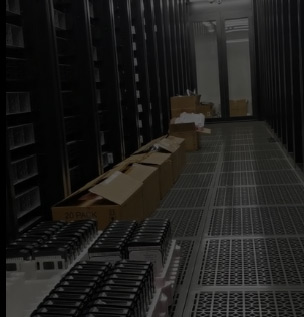+0.02%
| 市場価値 | $ 24,120.18 billion |
|---|---|
| 24時間の増加 | +0.02% |
| ネットワークコンピューティングパワー | 953.04 ZH/s |
| 毎日の出力 | 0.00000049 BTC / T |
| ネットワーク全体の半分の時間 パブリックチェーンには、コインの価値を増加させるための半減サイクルがあります。歴史の半減後、市場は急激に上昇しました。 |
完了 |
| ネットワーク全体のコンピューティングパワーリターンの変動 ネットワーク全体の計算能力は、収入の平均分布に影響を与えるマイニングマシンの増加と減少によるものです。計算能力が減少すると、平均収入が増加し、計算能力の増加により平均収入が減少します。 |
+615.01% |
+0.27%
| 市場価値 | $ 3.50 billion |
|---|---|
| 24時間の増加 | +0.27% |
| ネットワークコンピューティングパワー | 3.12 KH/s |
| 毎日の出力 | 0.21580310 DCR / G |
| ネットワーク全体の半分の時間 パブリックチェーンには、コインの価値を増加させるための半減サイクルがあります。歴史の半減後、市場は急激に上昇しました。 |
まだ半分になることはありません |
| ネットワーク全体のコンピューティングパワーリターンの変動 ネットワーク全体の計算能力は、収入の平均分布に影響を与えるマイニングマシンの増加と減少によるものです。計算能力が減少すると、平均収入が増加し、計算能力の増加により平均収入が減少します。 |
-99.55% |
-0.04%
| 市場価値 | $ 100.29 billion |
|---|---|
| 24時間の増加 | -0.04% |
| ネットワークコンピューティングパワー | 2.75 PH/s |
| 毎日の出力 | 0.00000141 LTC / M |
| ネットワーク全体の半分の時間 パブリックチェーンには、コインの価値を増加させるための半減サイクルがあります。歴史の半減後、市場は急激に上昇しました。 |
まだ半分になることはありません |
| ネットワーク全体のコンピューティングパワーリターンの変動 ネットワーク全体の計算能力は、収入の平均分布に影響を与えるマイニングマシンの増加と減少によるものです。計算能力が減少すると、平均収入が増加し、計算能力の増加により平均収入が減少します。 |
-99.48% |
-0.01%
| 市場価値 | $ 121.49 billion |
|---|---|
| 24時間の増加 | -0.01% |
| ネットワークコンピューティングパワー | 4.81 EH/s |
| 毎日の出力 | 0.00010445 BCH / T |
| ネットワーク全体の半分の時間 パブリックチェーンには、コインの価値を増加させるための半減サイクルがあります。歴史の半減後、市場は急激に上昇しました。 |
完了 |
| ネットワーク全体のコンピューティングパワーリターンの変動 ネットワーク全体の計算能力は、収入の平均分布に影響を与えるマイニングマシンの増加と減少によるものです。計算能力が減少すると、平均収入が増加し、計算能力の増加により平均収入が減少します。 |
-42.26% |
-0.19%
| 市場価値 | $ 0.00 billion |
|---|---|
| 24時間の増加 | -0.19% |
| ネットワークコンピューティングパワー | 7.97 GH/s |
| 毎日の出力 | 0.00020294 ZEC / K |
| ネットワーク全体の半分の時間 パブリックチェーンには、コインの価値を増加させるための半減サイクルがあります。歴史の半減後、市場は急激に上昇しました。 |
完了 |
| ネットワーク全体のコンピューティングパワーリターンの変動 ネットワーク全体の計算能力は、収入の平均分布に影響を与えるマイニングマシンの増加と減少によるものです。計算能力が減少すると、平均収入が増加し、計算能力の増加により平均収入が減少します。 |
+32.39% |
-0.09%
| 市場価値 | $ 3.98 billion |
|---|---|
| 24時間の増加 | -0.09% |
| ネットワークコンピューティングパワー | 2.65 PH/s |
| 毎日の出力 | 0.00018864 DASH / G |
| ネットワーク全体の半分の時間 パブリックチェーンには、コインの価値を増加させるための半減サイクルがあります。歴史の半減後、市場は急激に上昇しました。 |
完了 |
| ネットワーク全体のコンピューティングパワーリターンの変動 ネットワーク全体の計算能力は、収入の平均分布に影響を与えるマイニングマシンの増加と減少によるものです。計算能力が減少すると、平均収入が増加し、計算能力の増加により平均収入が減少します。 |
-53.51% |
0.00%
| 市場価値 | $ 43.23 billion |
|---|---|
| 24時間の増加 | 0.00% |
| ネットワークコンピューティングパワー | 289.09 TH/s |
| 毎日の出力 | 0.00004376 ETC / M |
| ネットワーク全体の半分の時間 パブリックチェーンには、コインの価値を増加させるための半減サイクルがあります。歴史の半減後、市場は急激に上昇しました。 |
まだ半分になることはありません |
| ネットワーク全体のコンピューティングパワーリターンの変動 ネットワーク全体の計算能力は、収入の平均分布に影響を与えるマイニングマシンの増加と減少によるものです。計算能力が減少すると、平均収入が増加し、計算能力の増加により平均収入が減少します。 |
+59.65% |


